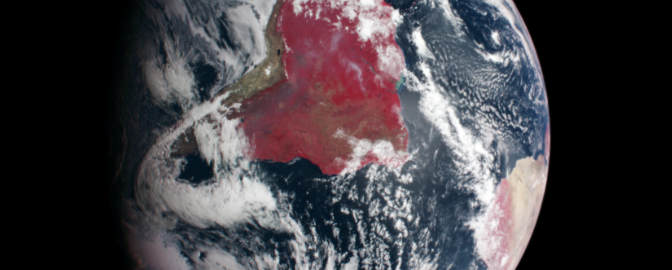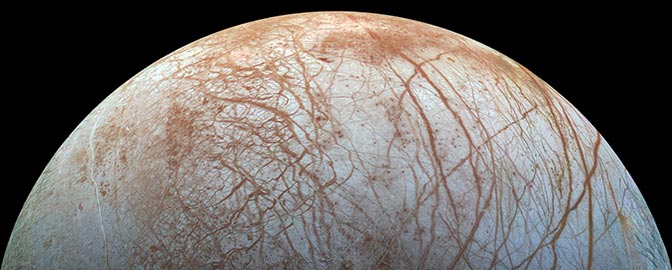The Space Advocate • Jul 21, 2025
The Space Advocate Newsletter, July 2025
This month

After months of increasingly grim news about the fate of NASA and space science, things are looking up.
In just the past two weeks, the House of Representatives and the Senate appropriations committees advanced legislation to fund NASA in 2026. Both bills fully reject top-line cuts to the space agency as well as the extinction-level cuts proposed to NASA science.
Furthermore, NASA received an unexpected $10 billion bonus in the tax policy and spending legislation known as the “Big Beautiful Bill” (BBB), which was signed into law on July 4. This funding, directed almost exclusively to human spaceflight programs, is available for the next seven years and is provided in addition to annual funding provided by Congress.
Taken together, there is a very real possibility that NASA may end up with a bigger budget in 2026 than in 2025—an outcome I would not have considered likely a month ago, to say the least.
There are caveats, of course.
While both the House and Senate funding bills maintain NASA’s top-line budget at $24.9 billion, they don’t distribute that amount equally. The House, unfortunately, proposes to cut science activities by $1.3 billion, or about 18%, and shift that funding to human spaceflight programs. Now, an 18% cut is far better than the proposed 47% cut, but it’s certainly not ideal. And, frankly, it’s completely unnecessary given the additional funding for human spaceflight provided by the BBB.
The Senate’s bill is better, preserving NASA science at 2025 levels of $7.3 billion. This would maintain funding across all of the science divisions and provide increases to many in-development projects like NEO Surveyor, Dragonfly, and the Roman Space Telescope. It would even give increased funding to missions targeted for premature cancellation, like OSIRIS-APEX, New Frontiers, and the U.S. contribution to Europe’s Rosalind Franklin Rover.
The bigger uncertainty, of course, is that the House and Senate need to reconcile the differences in their funding bills, and then pass this legislation in a form that the President will sign. That didn’t happen for this fiscal year (the nation is currently in a full-year extended funding resolution from 2024), and the politics around this are dicey.
Additionally, the White House’s budget director is pushing an aggressive interpretation of “impoundment” where congressional appropriations are considered a “ceiling, not a floor”. In other words, the White House may decide that it doesn’t want to spend the money appropriated by Congress, instigating a legal challenge that would almost certainly go to the Supreme Court.
But those are problems for our future selves. Right now, we can savor the moment. Congress is saying “no” to these unprecedented, unstrategic, and wasteful cuts to NASA. That much is clear. The unrelenting advocacy effort by The Planetary Society, our members, and our partner organizations — which facilitated nearly 100,000 messages, hundreds of in-person visits, and unparalleled media coverage — is working.
Let’s keep it up.
Until next month,
Casey Dreier
Chief of Space Policy
The Planetary Society
Want to do something?
Our Save NASA Science Action Hub has the latest actions, resources, and updates. We have updated our congressional actions and talking points to help us build on this momentum.
What I’m reading this month
Congress moves to reject bulk of White House’s proposed NASA cuts (arstechnica.com)
House Appropriators reject Trump-proposed NASA Cuts (spacepolicyonline.com)
The difference between the Big Beautiful Bill and regular appropriations (aas.org)
White House works to ground NASA science missions before Congress can act (arstechnica.com)
White House Budget Director: Appropriations process ‘has to be less bipartisan’ (politico.com)
Ground Truth
Data visualization and analysis
We’ve rolled out a beautiful new chart format that provides access to print-quality downloads, mobile-friendly sizes, and raw data access for each chart. See all of our NASA budget charts.


 Explore Worlds
Explore Worlds Find Life
Find Life Defend Earth
Defend Earth

